SO, WHAT'S SUSPICIOUS ABOUT DAMIEN HIRST'S NEW $38 MILLION LONDON MUSEUM?
Damien Hirst‘s $38 million London museum, Newport Street Galleryhas been open to the public for a few months now. It will house his own 3,000+ piece art collection which is called “Murderme” in his entirely self-funded 37,000 square foot museum. But this is Damien Hirst so, it’s been received with suspicion. His market has been going downhill since ’08, when he broke all the rules, bypassed dealers and sold work directly through Sotheby’s, making a literal fortune. $177 million in one sale! Oliver Barker, deputy chairman of Sotheby’s Europe said,
“None of us intended to devalue his market, but suddenly after that sale the luster of Damien Hirst was gone.”
Many people in the art world wonder whether this new venture might be Hirst’s strategy to revitalize his tarnished brand. It will surely up the value of his Murderme collection. Kate Davies, head of the collection, told artnet News that there’s no masterplan behind this project.
“It’s been a long ambition of Damien’s to share his collection with the public. He is an avid collector and curator and has been building Murderme since the late 1980s, around the time he curated Freeze in 1988.”
He’s said that he was really inspired by Charles Saatchi‘s Boundary Road gallery, which he went to many times as a young artist.”
Admission is free and Hirst says he hopes to be able to offer a new generation the possibility of returning many times to really get to know Hoyland’s work.
What’s the museum like inside? Look for yourself, but in terms of architecture at least, artnet News says…
“…the museum is certainly a triumph. Perhaps one of the best contemporary art exhibition spaces that London has welcomed since the launch of Raven Row in 2009. Designed by the architects Caruso St John, Newport Street Gallery is indeed a successfully designed temple dedicated to art. Its impossibly tall ceilings with skylights, white walls, sleek polished concrete floors, and three stunning oval staircases make it into a space that invites the viewer to stay, and to contemplate.
It’s also massive; an ambitious complex that also hosts a shop selling books and editions and, launching next year, a restaurant: Pharmacy2, marking Hirst’s return to the hospitality business (the first Pharmacy was an award winning restaurant and celebrity hotspot in Notting Hill, which Hirst operated in London between 1998 and 2003).”
The first solo exhibition is dedicated to the British abstract painter John Hoyland(1934-2011), who was, according to Hirst, an artist’s artist and
“one of the greatest British abstract painters.”
Many critics disagree. The Guardian‘s Jonathan Jones, rather bluntly says Hoyland’s paintings are
“art studentish attempts to knock out a [Mark] Rothko, a [Jackson] Pollock, or a Barnett Newman.”
Hirst started collecting Hoyland’s work in 2009. The two artists became friends two years before Hoyland’s death. But it hadn’t always been so chummy between the two. In 1999, Hoyland said that Hirst was
“becoming an entrepreneur. Artists should not farm their work out” and that he didn’t think that “you make great art unless you paint it yourself.”
Ouch. These Brits are bitchy!
Murderme also has a good selection of works by name-brand artists like Picasso, Warhol, Bacon, Koons, and Prince, as well as artwork by Hirst’s peers.
If Hirst manages to resuscitate his devalued art career it will be yet another coup for an artist who seems to always know how to make things happen. His legacy certainly isn’t his sole concern, but a pressing issue for a number of A-list collectors, like Jose Mugrabi who has over 120 works by Damien and who just bought $33 million worth of art by Hirst three months ago. Mugrabi told the WSJ.
“Damien Hirst is in the same situation as Warhol was in the 1990s. I love Damien at $10,000, and I love him at $10 million. The price is secondary because I know people love him, and in the end they will pay for him.”
It’s not a popular opinion but, honestly, me too. This is the world we live in. An artist opens a museum, free to the public and it's considered suspect. John Holland: Power Station Paintings, 1964-1982 runs through April 3, 2016. For more info, you can go here.
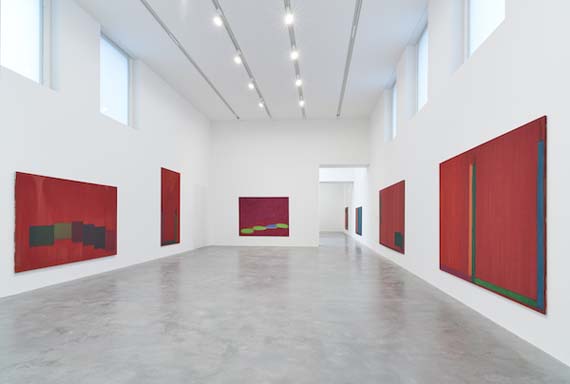
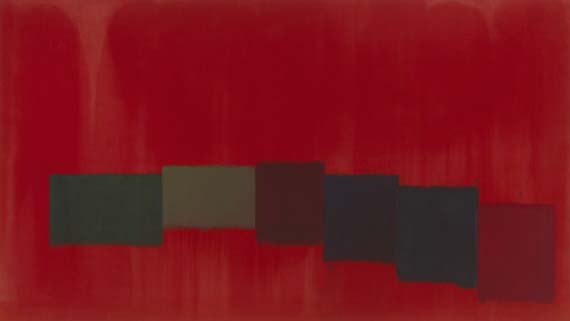
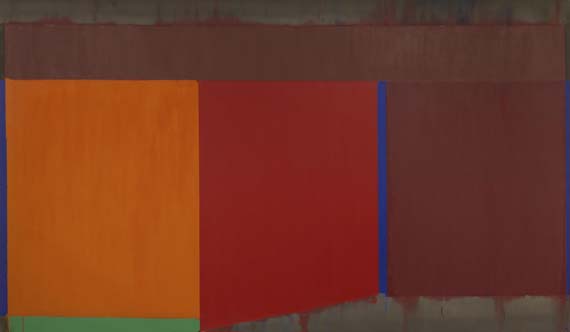

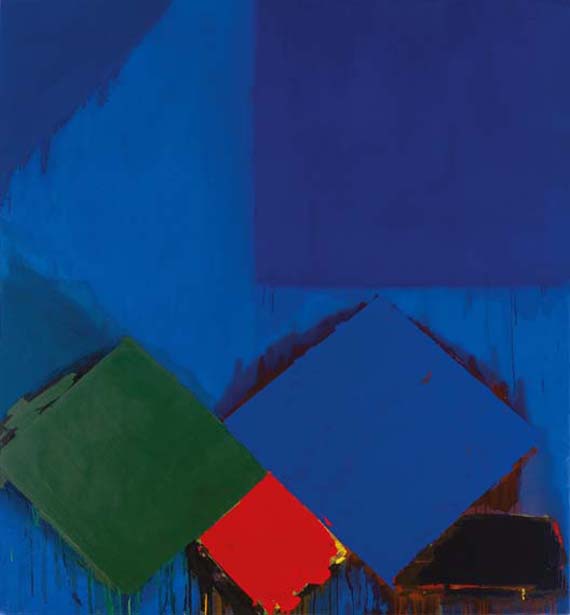
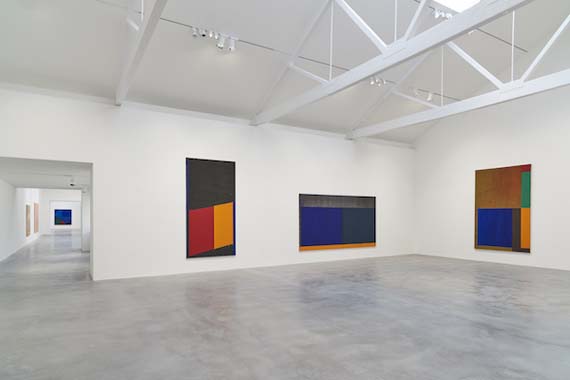
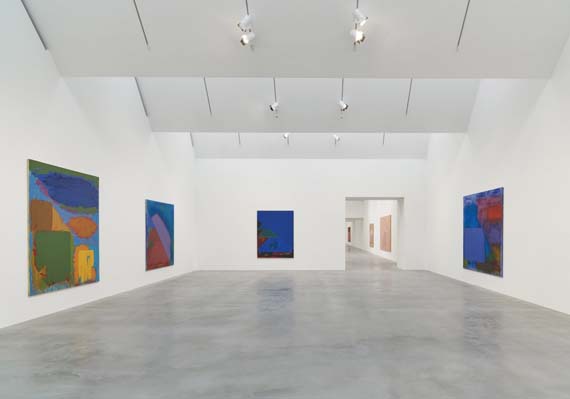
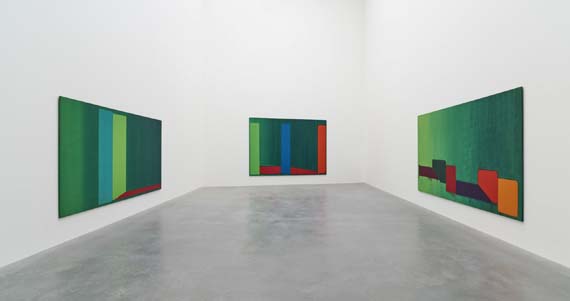
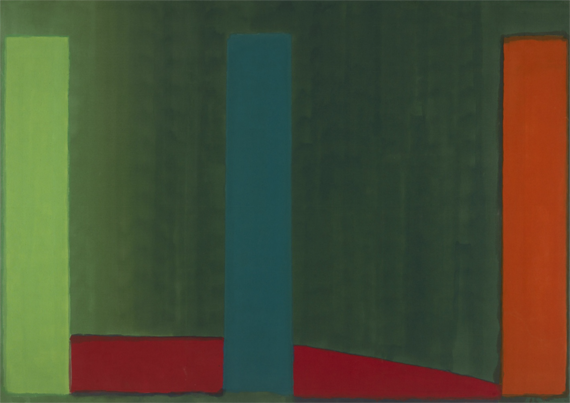
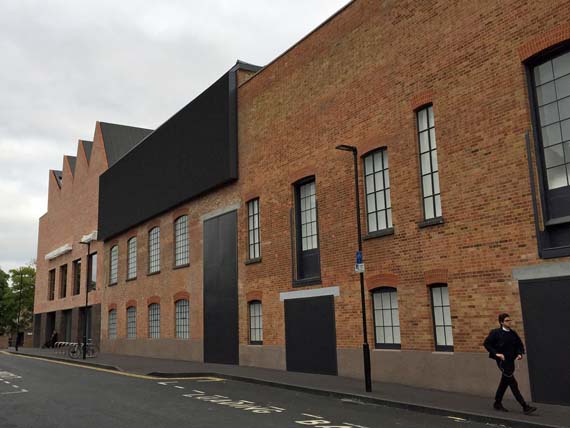
(via ArtNet News)


